What are the best hair products for repairing hair damaged by coloring?
Hair coloring radically transforms our appearance but often causes considerable damage to the hair fiber with each application. The chemicals used in coloring, particularly ammonia and oxidizing agents, alter the natural protein structure of the hair. This transformation gradually weakens the protective outer cuticle, making the hair porous, brittle and dull. The consequences are manifested by persistent dryness, split ends, rough texture and lack of elasticity characteristic of hair damaged by repeated coloring. Fortunately, the cosmetics industry now offers solutions specifically formulated to restore, nourish and protect weakened hair. Effective repair requires a comprehensive approach combining restorative shampoos, strengthening conditioners, intensive masks, protective serums and suitable leave-in treatments. These products contain specific ingredients that target the unique problems of damaged colored hair. www.purchasesweb.com
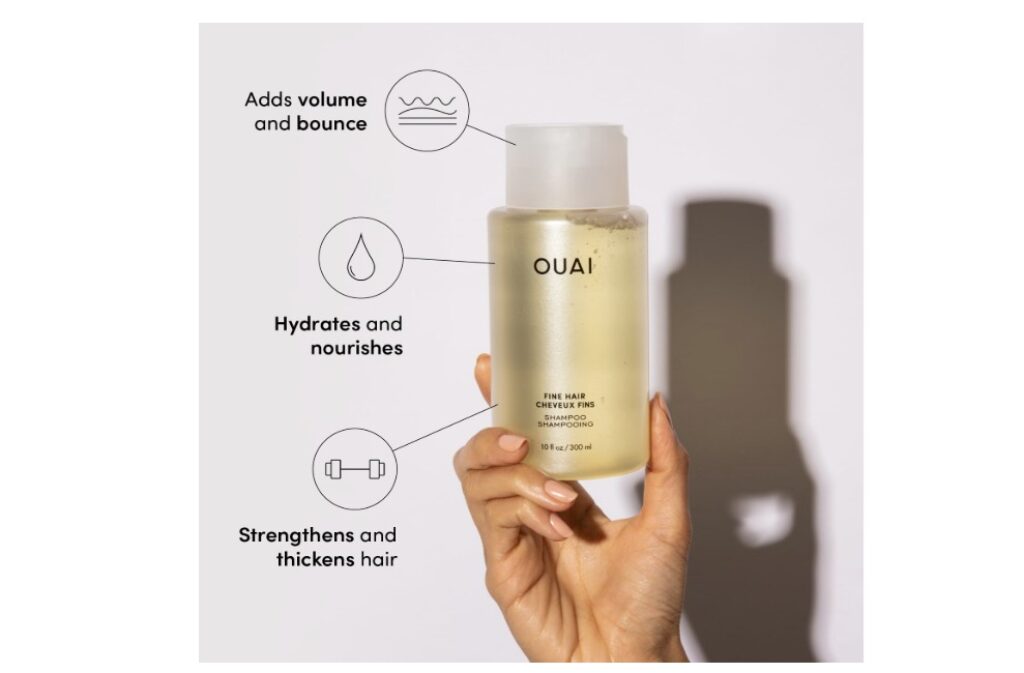
Understanding the mechanisms of hair deterioration helps identify the truly effective products among the abundant offerings on the market. This knowledge also helps to establish a consistent hair care routine that maximizes repair results. This article examines the best products and ingredients for each stage of the hair restoration process after coloring. You will discover how to revitalize your hair while preserving the shine of your color, gradually transforming your damaged hair into a silky, shiny and resistant mass despite previous chemical treatments.
Repairing shampoos: gentle formulas that preserve color and moisture
Shampoos specifically formulated for damaged colored hair are the cornerstone of any effective repair routine. These products cleanse gently without causing further stress to the already weakened hair fiber. Sulfate-free formulas deserve special attention because they preserve the natural oils essential for maintaining hair moisture. These gentle detergents do not remove artificial color while ensuring satisfactory cleanliness of the scalp and hair.
Effective repair shampoos generally contain hydrolyzed keratin, a protein structurally similar to the natural components of hair. This protein temporarily fills in the damaged areas of the cuticle, momentarily restoring the lost structural integrity. At the same time, shampoos enriched with amino acids provide essential raw materials for lasting repairs to weakened strands.
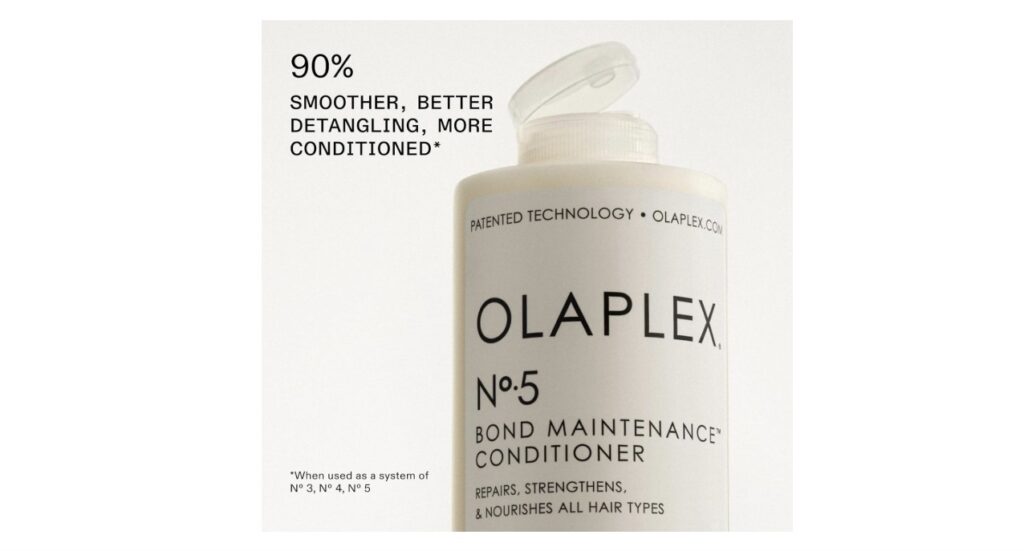
Olaplex No. 5 Bond Maintenance Conditioner, Repairs, Strengthens, & Nourishes All Hair Types
The presence of antioxidants such as vitamin E or pomegranate extracts provides effective protection against environmental oxidative stress, which gradually degrades coloring molecules. These components significantly prolong the shine and intensity of your color between applications. Acidifying ingredients such as apple vinegar or lactic acid close raised cuticles, increasing light reflection and promoting healthy shine.
For extremely porous hair, choose formulas containing light, non-occlusive oils such as argan or jojoba. These oils effectively penetrate damaged cuticles without weighing down the hair or creating unsightly build-up. Limit the frequency of shampooing to a maximum of two or three times a week, possibly using dry shampoos between washes to maintain freshness without additional drying.
Fortifying conditioners: Essential ingredients for hair restructuring
Conditioner is a crucial step for damaged colored hair, providing essential nutrients while facilitating detangling without additional breakage. Truly restorative formulations contain restructuring proteins such as keratin, collagen or hydrolyzed silk proteins. These molecules penetrate the damaged cuticle, temporarily reinforcing the internal structure while improving the overall mechanical resistance of the fiber.
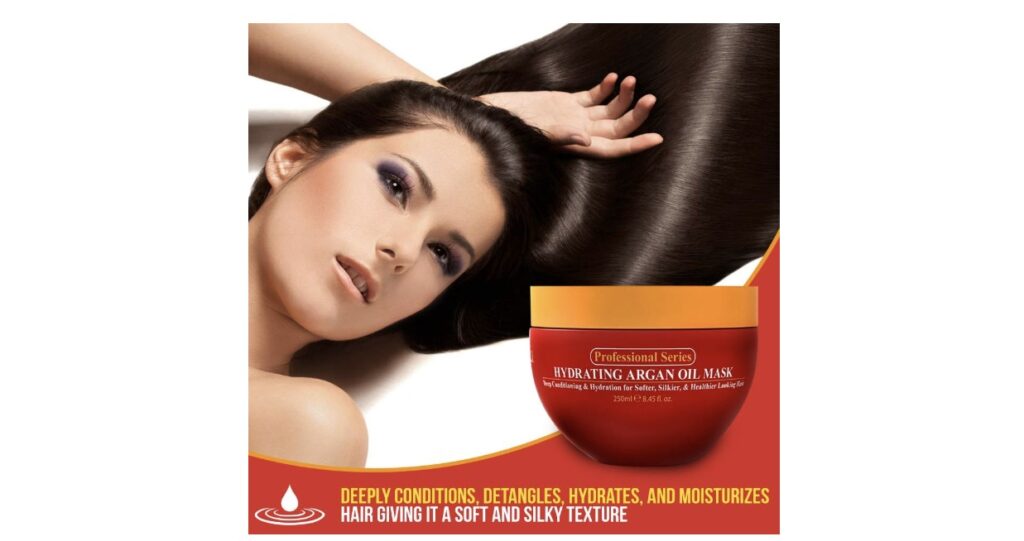
Hydrating Argan Oil Hair Mask and Deep Conditioner for Dry or Damaged Hair
Ceramides, lipids naturally present in healthy hair structure, deserve special attention when selecting a repairing conditioner. These molecules restore the protective lipid layer surrounding the cuticle, reducing excessive porosity responsible for color fading and chronic dehydration. Formulations containing panthenol (provitamin B5) offer deep hydration without heaviness, while improving often compromised elasticity.
The presence of essential fatty acids such as omega-3, omega-6 and omega-9 intensely nourishes destructured hair fiber. These components strengthen cell membranes, restoring the natural suppleness lost during the chemical coloring process. Vegetable oils such as macadamia, avocado or olive provide natural emollients that temporarily seal the raised cuticle.

To maximize benefits, apply conditioner mainly to the lengths and ends, which are particularly vulnerable, avoiding the potentially weighed-down roots. Leave the product on for several minutes before rinsing, allowing the repairing active ingredients to penetrate deep into the hair fiber. Finish by rinsing with cold water to tighten the cuticle, increasing the retention of beneficial nutrients and improving shine immediately.
Alternate regularly between different formulations targeting specific problems such as porosity, elasticity or color retention for optimal results on hair damaged in multiple dimensions by repeated coloring.
Deep treatment masks: Intensive weekly care for maximum restoration
Intensive hair masks are an essential weekly treatment for hair seriously compromised by repeated chemical coloring. These concentrated formulations contain significantly higher proportions of repairing active ingredients than daily treatments, enabling deep restoration that would otherwise be impossible to achieve. For optimal results, apply the mask after shampooing to towel-dried hair, now moist enough for effective penetration of the active ingredients.
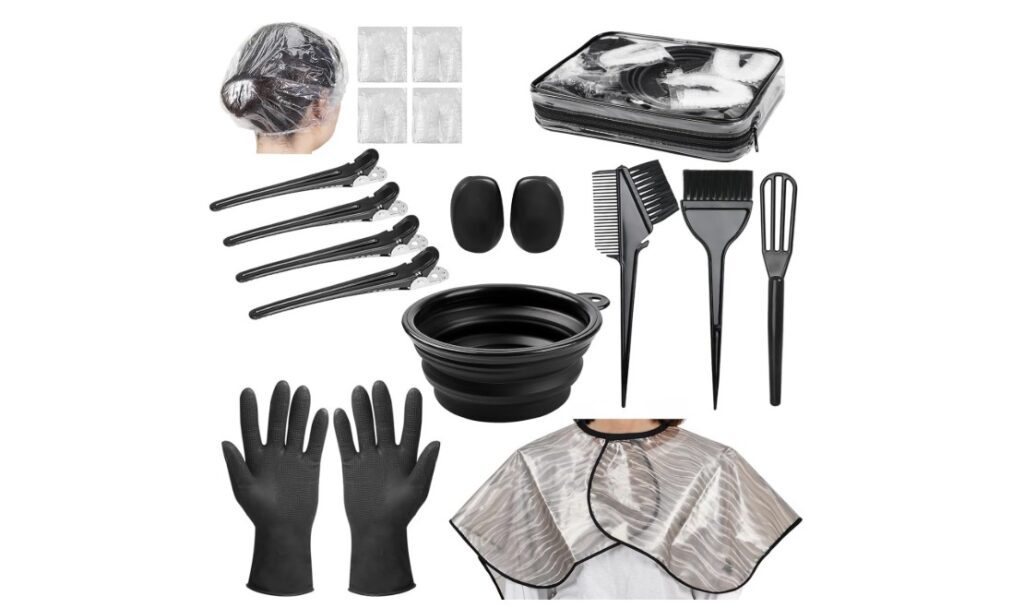
19 Pcs Professional Hair Bleach Kit Hair Coloring Products with Hair Dye Brush, Hair Color Bowl
Truly transformative masks contain multi-protein complexes combining different molecular sizes. The smaller proteins penetrate deep into the hair cortex while the larger molecules fill in surface defects in the cuticle, creating multidimensional repair. Formulations containing natural oils such as coconut, shea or olive provide intense nourishment without overload thanks to modern emulsifying agents.
Vegetable butters such as mango, shea or cupuaçu provide natural emollients creating a temporary protective barrier against daily environmental aggressions. These ingredients maintain optimal hydration between treatments while smoothing rough cuticles. Vitamin complexes, particularly vitamins A, C and E, neutralize free radicals responsible for color degradation while strengthening the overall structure.
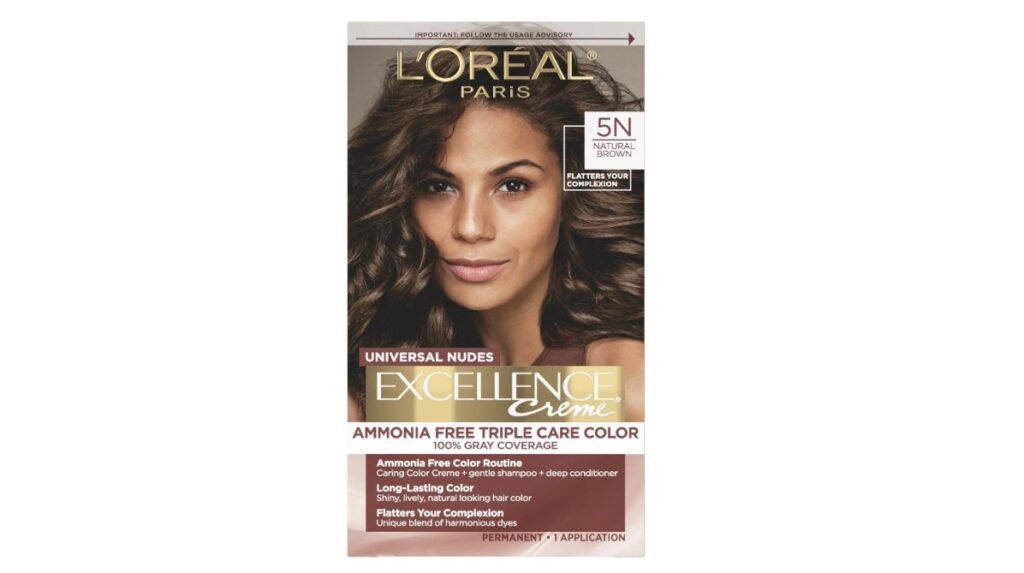
hair coloring different colors
For truly transformative results, use application techniques that optimize penetration. Divide hair into sections and apply the mask methodically, strand by strand, rather than applying it all over, which is less effective. Increase effectiveness by covering the hair with a shower cap or warm towel, creating a sauna effect that promotes cuticle opening and maximizes absorption.Adjust frequency of use according to level of damage, generally one or two applications per week for moderately damaged hair, potentially more often in case of severe damage. Some particularly concentrated masks require less frequent use, generally once every two weeks to avoid protein overload that can potentially weaken the hair.
Repairing hair oils: Concentrated nutrition for dry ends
Hair oils are a particularly effective solution for extremely dry ends often seen in chemically colored hair. Contrary to popular belief, appropriate oils do not necessarily weigh down the hair when properly selected and applied. Penetrating oils such as argan, sweet almond or jojoba effectively penetrate the cuticle, deeply nourishing the cortex without leaving a greasy residue on the surface.

Coconut oil deserves special mention thanks to its unique molecular structure allowing unparalleled penetration of the hair fiber. Its composition, similar to natural hair proteins, allows temporary filling of damaged areas while preventing excessive water penetration causing further swelling and weakening. Avocado oil, particularly rich in monounsaturated fatty acids and fat-soluble vitamins, restores natural elasticity and suppleness.
For optimal use, apply hair oils to dry hair concentrating application on ends and mid-lengths which are particularly vulnerable to the coloring process. A few drops are usually enough to avoid overload, start with the minimum amount and gradually increase as necessary. Preventive applications before shampooing effectively protect against excessive swelling during washing, minimizing mechanical stress on fragile fibers.

Extremely porous hair benefits particularly from blends of penetrating and sealing oils such as argan and marula, the former penetrating deeply and the latter creating an outer protective barrier. Alternatively, hair serum formulated with light silicones offers essential thermal protection to colored hair regularly exposed to heated styling tools.
Don’t hesitate to experiment with different oils to identify the formulation that perfectly meets the unique needs of your hair, taking into account its natural texture, porosity level and type of coloring previously used. Some hair responds better to simple, single-ingredient oils, while others require complex blends targeting multiple issues simultaneously.

Leave-in products: Daily protection against environmental damage
Leave-in hair care products are an essential part of the daily protection of fragile colored hair against the many environmental stresses encountered on a daily basis. These lightweight products create an invisible protective barrier against pollution, UV rays and heat, the main factors that damage hair color and structure. Unlike intensive treatments, leave-in formulas are used daily for continuous prevention of further damage.
Detangling sprays containing hydrolyzed proteins facilitate brushing, significantly reducing breakage and mechanical friction, which are particularly problematic for weakened hair. These formulations create a minimal lubricating layer between hair fibers, allowing for optimal slip during styling. Lightweight styling creams enriched with moisturizing agents such as panthenol and aloe vera maintain optimal moisture levels throughout the day.

Products containing UV filters specifically developed for hair protection prevent premature discoloration caused by sun exposure. These specialized ingredients absorb ultraviolet radiation before it damages artificial coloring molecules, preserving shade vibrancy for longer. Some formulations incorporate antioxidants to stabilize color and neutralize free radicals generated by environmental exposure.
For particularly fine hair at risk of heaviness, favor light textures such as sprays and mists rather than potentially heavy creams. Strategic application concentrated on mid-lengths and ends to avoid roots maximizes protection of vulnerable areas without compromising root volume. Excessive layering of leave-in products can create counterproductive build-up requiring periodic clarification.

Porous hair particularly receptive leave-in products benefit from strategic layering starting with a more aqueous formulation progressing towards more emollient products. This technique allows for deep hydration followed by effective sealing, avoiding premature evaporation of essential moisture.
Nutritional supplements: Internal support for long-lasting hair repair
The complete restoration of damaged hair and coloring requires a holistic approach integrating internal nutrition to complement external care. Dietary supplements specifically formulated for hair health provide essential nutrients for the construction and repair of healthy fibers, which are often deficient in the modern diet. These supplements act at the level of the follicle, producing new hair that is inherently more resistant to future chemical treatments.
Biotin (vitamin B7) is undoubtedly one of the most effective supplements for overall hair health. This water-soluble vitamin acts as a cofactor for the enzymes involved in the production of keratin, the main structural protein that makes up hair. Regular supplementation significantly improves the strength and elasticity of new hair growth in previously weakened hair.
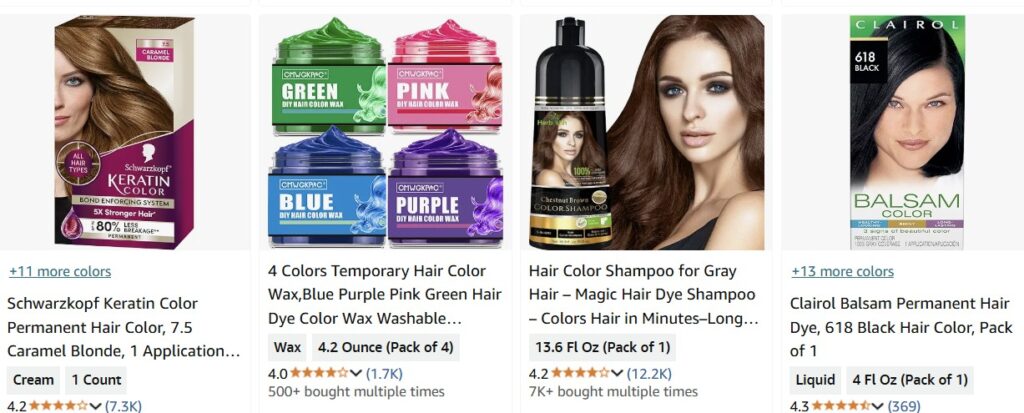
hair care products in various sober and brighter colors
Omega-3 fatty acids reduce follicular inflammation, which is often exacerbated by aggressive chemical treatments, while improving blood circulation in the scalp. This optimization of microcirculation ensures the efficient delivery of nutrients and oxygen to the follicles, producing stronger, naturally shiny fibers. Hydrolyzed collagen provides amino acids that are precursors to essential hair proteins.
Vitamin E exerts a powerful antioxidant action protecting follicular cells from oxidative stress caused by coloring products. This cellular protection improves the longevity of follicles producing superior quality fibers for longer. Minerals such as zinc, iron and silica play crucial roles in protein synthesis and cell growth necessary for healthy hair.

For maximum effectiveness, choose complete formulations specifically developed for hair health rather than isolated supplements targeting a single problem. The synergistic action of multiple nutrients is generally superior to the sum of the individual effects of isolated components. Maintain supplementation for a minimum of three months, observing significant results, as hair improvement is an intrinsically slow process requiring patience and consistency.
Optimal weekly routine: Organization of restorative treatments for maximum results
Strategic organization of different repair products in a coherent routine maximizes the effectiveness of each component while ensuring continuous protection for colored and weakened hair. Contrary to popular belief, the simultaneous use of all available repair products every day is rarely the optimal approach, and can be counterproductive in some cases. A planned rotation of specific treatments is generally more effective for gradual and lasting restoration.
Start the week with a mild clarifying shampoo and every month eliminate the build-up of product residues in the environment. This essential preparatory step allows for optimal penetration of the following intensive treatments. On regular shampoo days, alternate between protective color-reconstructive formulations according to the specific needs observed at the time.
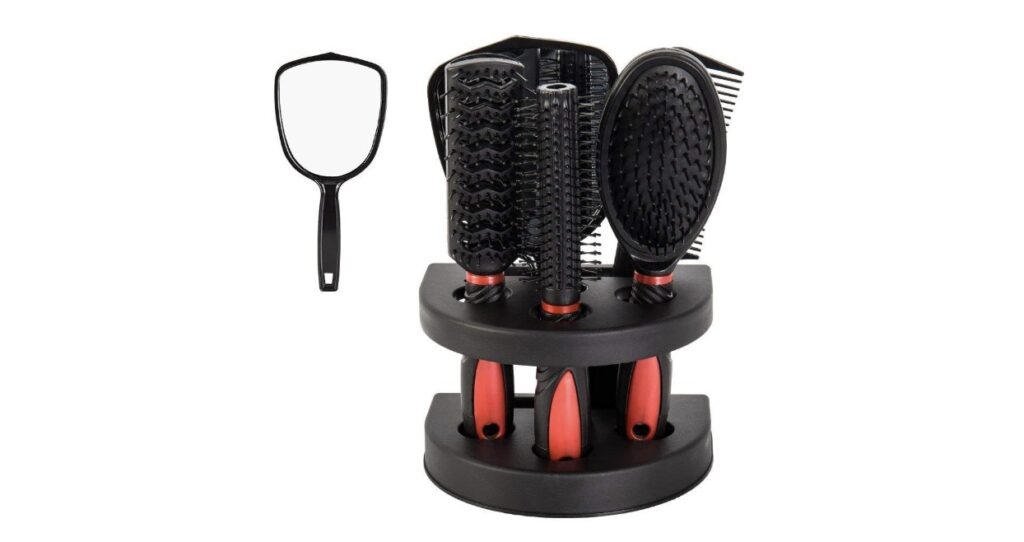
Reserve deep treatment masks for times when you have enough time for optimal application, ideally twice a week at regular intervals for severely damaged hair. Leave on for the manufacturer’s recommended time, often 10-30 minutes, never less for fear of ineffectiveness, never significantly longer for risk of protein overload.
On days when you don’t shampoo, refresh your hair with a light moisturizing spray or floral water, avoiding excessive washing which is known to exacerbate the fragility of colored hair. Always protect your hair at night with a satin silk pillowcase to reduce friction which can cause mechanical breakage of the already compromised cuticle.

Schedule professional salon treatments such as deep reconstructive care with keratin proteins at regular intervals, generally 6-8 weeks. These expert interventions effectively complement the home routine, providing technologies and ingredients that are generally unavailable in consumer products. Photographically document encouraging progress and adjust the protocol according to the results observed. how-to-make-your-makeup-last-all-day-without-touch-ups
purchasesweb: repairing colored hair – restructuring hair care – keratin for damaged hair – hair protein masks – nourishing oils for dry ends – sulfate-free conditioner – hair color protection – hair porosity treatment – damaged hair cuticle – biotin supplements for hair – repairing shampoos – hair ceramides – routine care for colored hair – hair hydro lyzed hair proteins – hair fiber restoration – some-of-americas-best-golf-courses-at-affordable-prices





